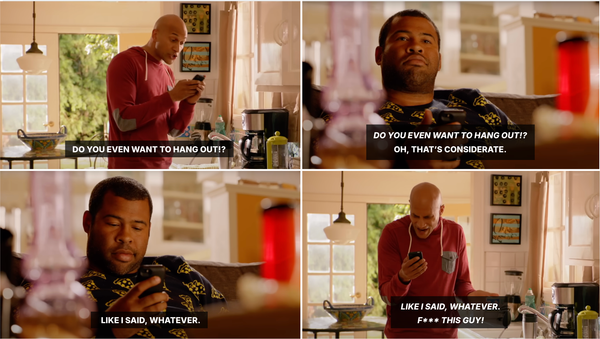We need to talk about RACIs.
RACIs promise clarity but deliver confusion. True organizational clarity emerges when you do the uncomfortable work of articulating everyone's unique contribution. It's not as clean as filling out a matrix, but unlike RACIs, it actually creates the flow and rhythm your team desperately needs.

Let's be honest: RACIs are the worst.
Whenever teams start asking for a RACI, I let out an exasperated sign and tell them that's not going to solve their problem. Sure, we can build one if we must - and they may have value during a very specific moment in time - but it won’t actually solve your problems.
Why RACIs Don't Work
There are several fundamental reasons why RACI matrices fail organizations:
They're instantly outdated. The moment you publish a RACI, it's already behind the reality of how work actually gets done. Organizations are living, breathing entities that evolve daily, but your matrix remains frozen in time.
They can never capture the full picture. No spreadsheet can document everything that every individual does at any given moment in an organization. The complexity of modern work simply doesn't fit into neat boxes labeled Responsible, Accountable, Consulted, and Informed.
They breed resentment. I've seen it countless times—someone waves a RACI in a meeting saying "Well, line 47 says you're supposed to do this," and you can feel everyone's eyes roll and guards go up. RACIs become weapons that enable teams to point fingers rather than tools for collaboration.
They undermine trust. Instead of fostering the rhythm and flow state that leads to compelling, fascinating work, RACIs create an environment where people hide behind process rather than take ownership.
All these conflicts and challenges stem from a fundamental issue—there's no actual rhythm to the business. No flow state. No clear understanding of who does what and when.
Every day, people wake up asking the same questions: Who's on first? Who's supposed to write the brief? Are you doing this section while I handle that one?
Let us say this - It doesn't need to be this unclear, and it really doesn't need to be this hard.
If you want real clarity - the kind where you operate without having to second guess yourself at every turn - you need to rebuild the system driving the confusion.
Start at the Top (But Not Where You Think)
Begin at the broadest altitude possible, but I don't mean with senior leaders or organizational levels. I mean with teams and their fundamental purpose.
Start with the Marketing org, for example.
- What is Marketing's role within your organization?
- What value does Marketing bring to the table?
- Why should people care about your Marketing presentation?
Define Team Operating Models
From there, think through your actual working teams. These might be verticals, functions, or simply the groups of people who show up and collaborate every day - even if they don't sit together on an org chart.
For each team, identify what the operating model needs to look like and charter what that team’s role should be. Establish clear KPIs, clear value intent, clear essential intent, and a clear value proposition for each group.
Get Personal (this is where it gets uncomfortable)
Now comes the hard part—the part where people usually say, "But where's the RACI? Who's accountable? Who makes the final call?"
You need to get down to individual roles, but not in the way you might think. I'm not talking about documenting that "Cheryl on the 3rd Floor approves the script." I'm talking about each person articulating their unique value proposition.
For me, the value I bring is translating heavy frameworks and big ideas into tactics and concepts that teams can actually apply day-to-day. I know what won't be used, what will sit on a shelf collecting dust. That's my superpower, and it's crystal clear to everyone I work with.
This process will be uncomfortable because you'll have to talk about yourself and your colleagues in ways that might nfeel performative and superficial at first. You might find yourself saying things like "Sarah is so great at making meetings fun"—and yes, that might seem silly, but it's actually critical to culture and getting work done.
A tip: Embrace the Awkwardness
Be honest. Be transparent. Push for clarity at every turn.
When you do this work - really do it - something magical happens.
The next time someone asks "Who approves the script? Who gives the final OK?" you won't get the usual runaround of "Well, it's not me because I'm not the boss. Is it this person? They're the boss, but they have a boss too..."
Instead, it becomes immediately clear who makes the call. And when someone questions why a particular person is in a meeting or copied on an email, the answer is obvious because everyone understands each person's role and why they are uniquely valuable to the task at hand.
The hard truth is the majority of the frameworks and processes you build will never be used, but the value you get from building them - from having those difficult conversations about roles, value, and accountability - is immeasurable.
Stop looking for the easy answer in a matrix. Start having real conversations about who you are, what you do, and why it matters.
Real organizational effectiveness comes from the harder work of honestly defining what each person and team brings to the table. Sure, it's messier than a spreadsheet, but it will actually work.




